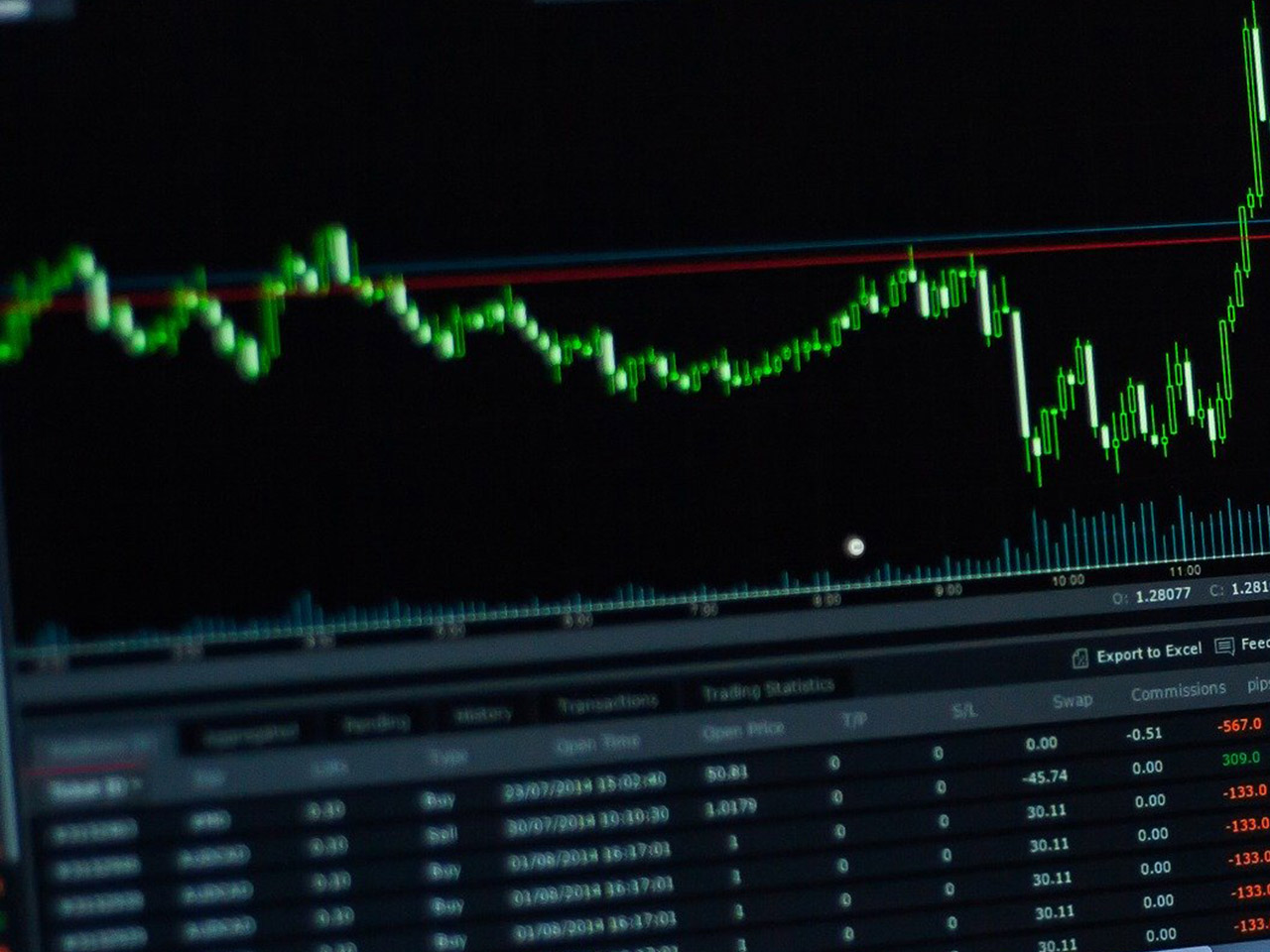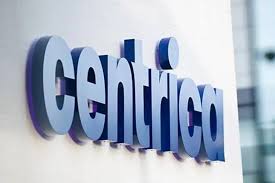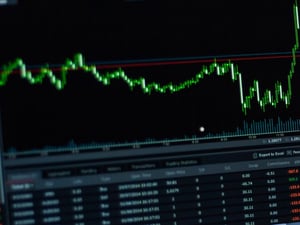Dr. Martens PLC (DOCS.L), a quintessential British brand known for its iconic boots, finds itself at a crossroads that has investors keenly watching its next steps. As a stalwart in the Consumer Cyclical sector, specifically within the Footwear & Accessories industry, Dr. Martens has carved out a niche that extends far beyond the UK, reaching markets in Europe, the Americas, and the Asia-Pacific. However, recent financial figures suggest a mixed bag of opportunities and challenges for potential investors.
With a current market capitalisation of $738.8 million, Dr. Martens trades at 76.5 GBp, reflecting a slight dip of 0.01% in recent price changes. The stock’s 52-week range of 47.52 to 81.95 GBp highlights its volatility, yet also suggests potential for growth if it can break through the upper limits of this range. Interestingly, the stock is currently trading above both its 50-day and 200-day moving averages, which are 64.18 GBp and 62.56 GBp, respectively. This technical strength might pique the interest of those inclined towards momentum investing.
One of the more striking aspects of Dr. Martens’ valuation metrics is the absence of clear price-to-earnings (P/E) and price-to-book (P/B) ratios, with the Forward P/E standing at an astronomical 1,347.07. This figure suggests that investors are either extremely optimistic about future earnings or that the stock might be overpriced relative to its earnings potential. Furthermore, the company’s revenue growth has experienced a decline of 3.80%, setting off alarms for those who prioritise steady upward trajectories in sales figures.
The financial health of Dr. Martens can be partially gauged by its free cash flow, which is a robust £166.16 million, indicating considerable liquidity. Yet, the return on equity (ROE) is a modest 1.23%, raising questions about how effectively the company is utilising its equity base.
Dividend investors might find solace in the company’s dividend yield of 3.40%, a relatively attractive figure in today’s low-interest-rate environment. However, the payout ratio of 368% suggests that the company is distributing more in dividends than it earns, a potentially unsustainable practice unless earnings increase significantly.
Analyst ratings provide a mixed outlook, with three buy ratings and five holds, but no sell recommendations. The average target price of 85.13 GBp reflects an 11.27% potential upside from current levels, offering a glimmer of hope for those considering a position in the company. Meanwhile, the Relative Strength Index (RSI) of 42.67 indicates that the stock is neither overbought nor oversold, suggesting a period of consolidation.
Dr. Martens’ legacy and brand strength are undeniable, yet the company faces significant hurdles. The high payout ratio and declining revenue growth are red flags, while the stock’s current trading above its moving averages and robust cash flow offer a counterbalance. For investors, the decision to buy, hold, or sell hinges on their risk appetite and belief in the brand’s long-term strategic direction. As the fashion industry evolves, Dr. Martens must innovate and adapt to ensure it remains a staple in wardrobes worldwide, and by extension, a viable component of an investment portfolio.




































